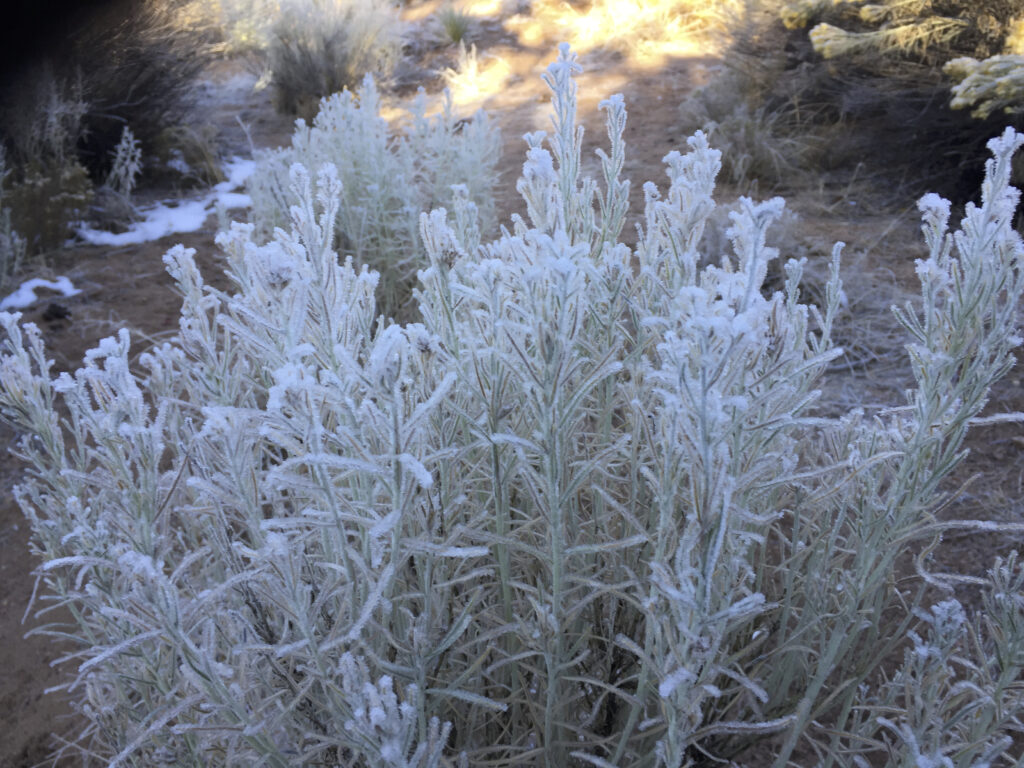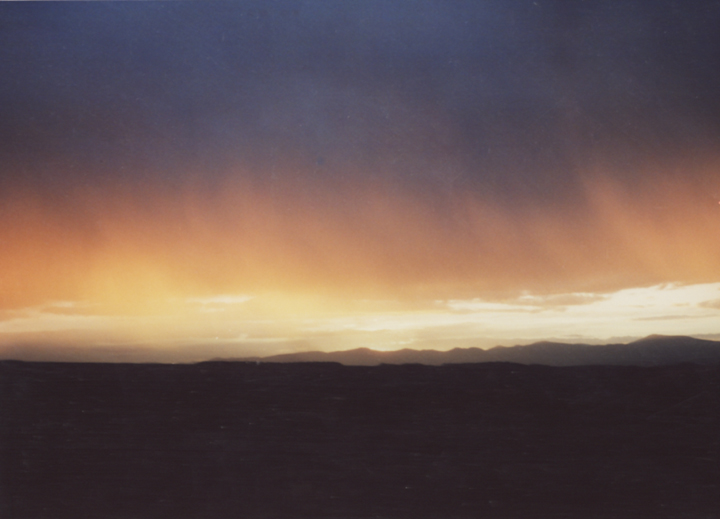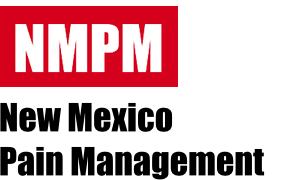Rotator cuff tendon tears can be:
— partial thickness
— full thickness, partial width
— full thickness, full width
Partial thickness tears are tears that do not extend through the tendon from bone to surface. They are easier to repair.
Full thickness, partial width tears are torn all the way through from bone to surface, but not all of the wide tendon is torn through from its front edge to its back edge. These are more challenging, patiently growing collagen onto the fibers that still connect the tendon to bone. They can be fully successful, as seen in the case below.
Full thickness, full width tears are tears where the tendon is completely torn off of the arm bone. PRP Stem Cell Therapy will not work for these tears because there is no scaffold or remaining fibers onto which to grow new tissue. In select cases, we may still be able to help by improving structures around the fully torn off rotator cuff tendon(s), as described in this other newsletter on Extreme Rotator Cuff Tears.
For a general primer on the anatomy of the rotator cuff, what it looks like, and why it is so critical, view the educational video at this previous newsletter.
Paul Whitson is a State Farm Agent in Albuquerque, a former high school science teacher and a former high school track coach. He had a full thickness, partial width rotator cuff tendon tear. Watch him tell his story:
It is Autumn. I like this version of the timeless song Autumn Leaves, by Eva Cassidy.
Below are some of my photos of early snow on the Sangres, frost on plants, and a beautiful sunset of the kind that will continue to be a show through even the colder seasons.
Dr. Jonas Skardis




